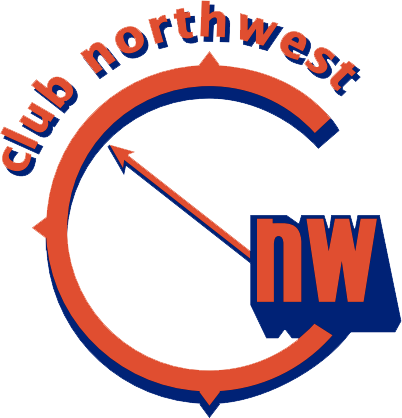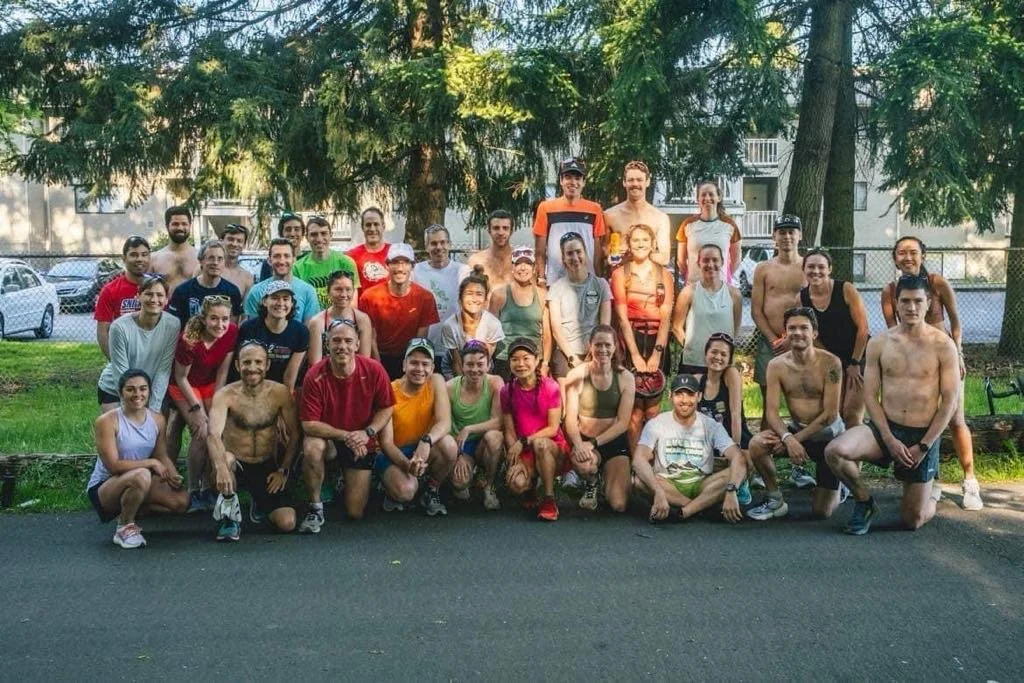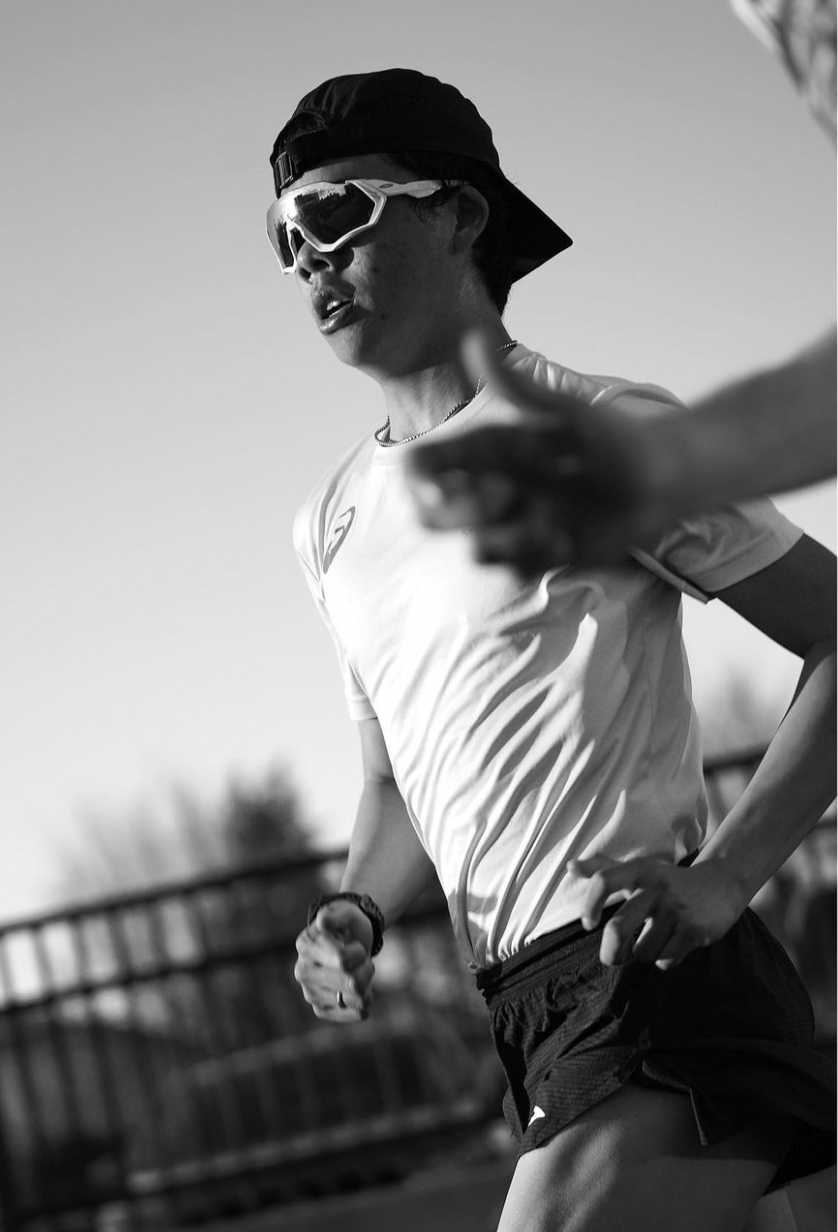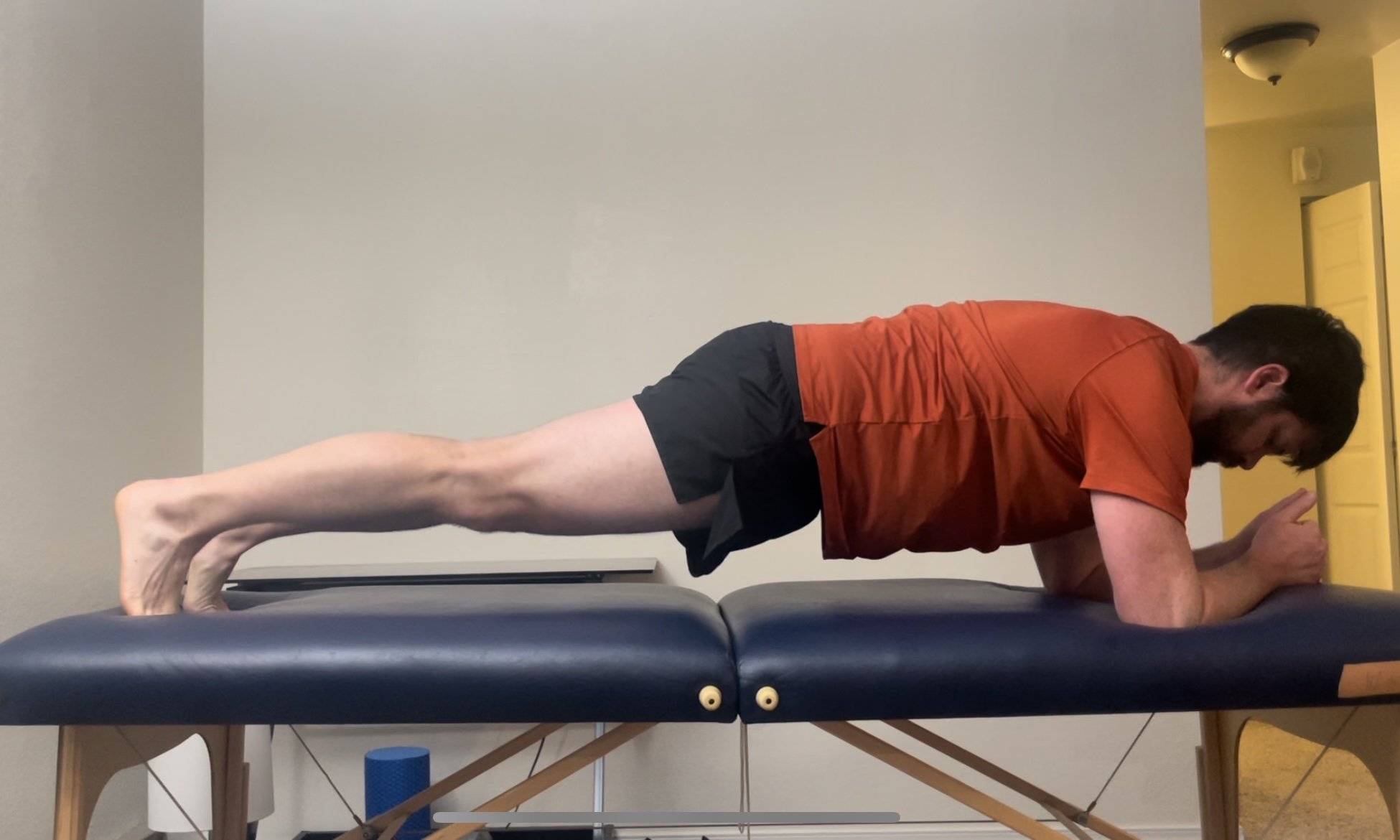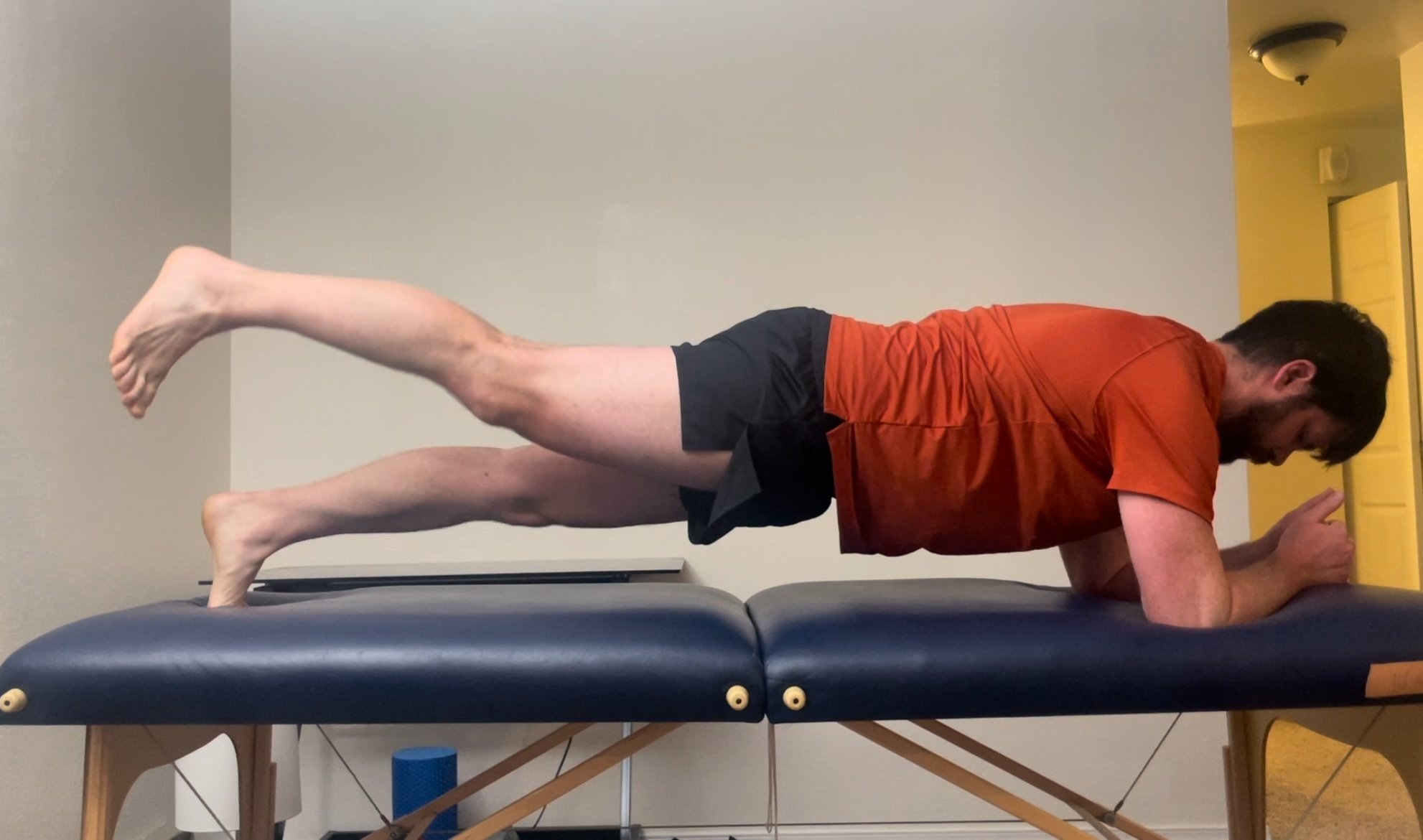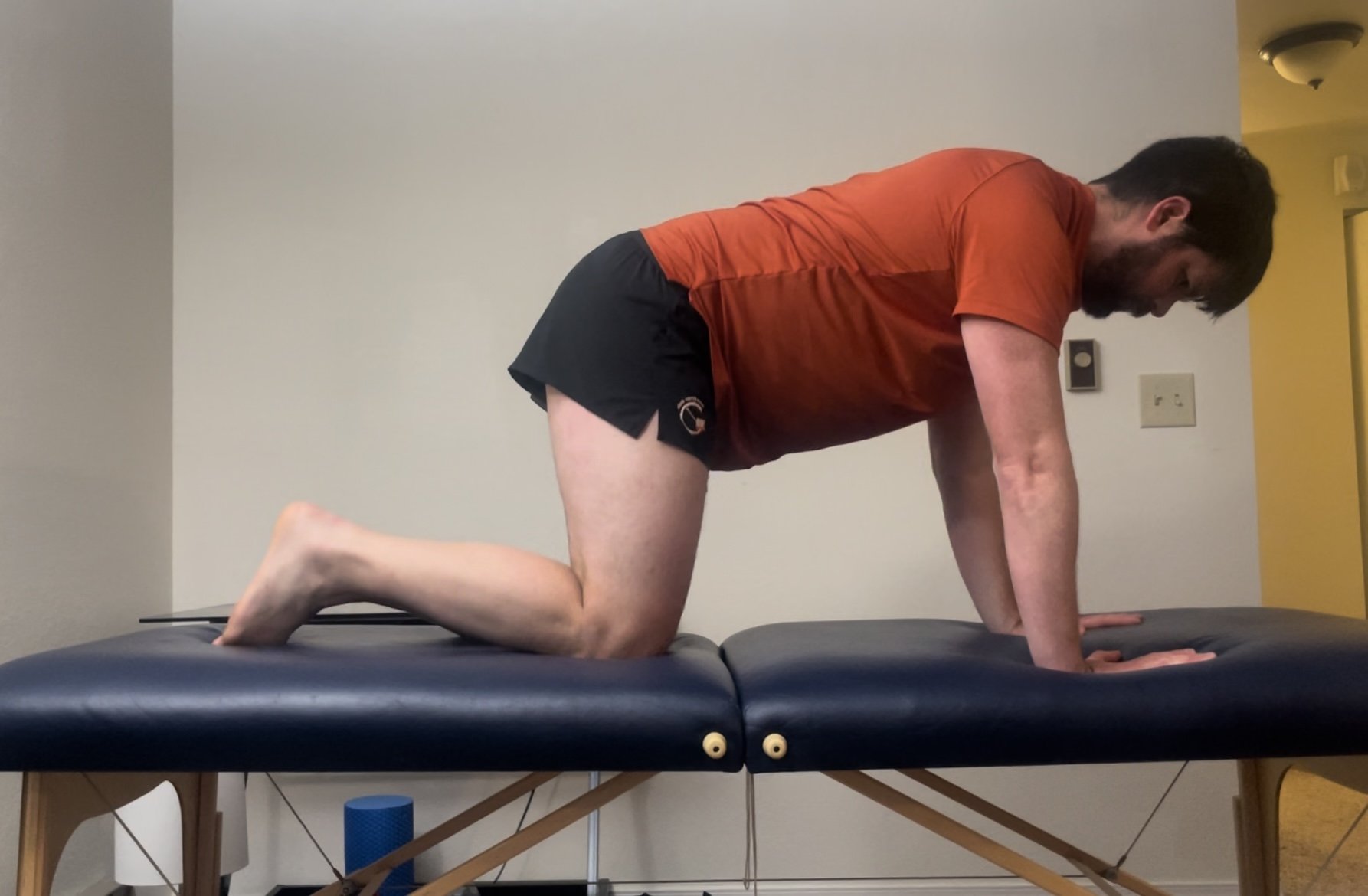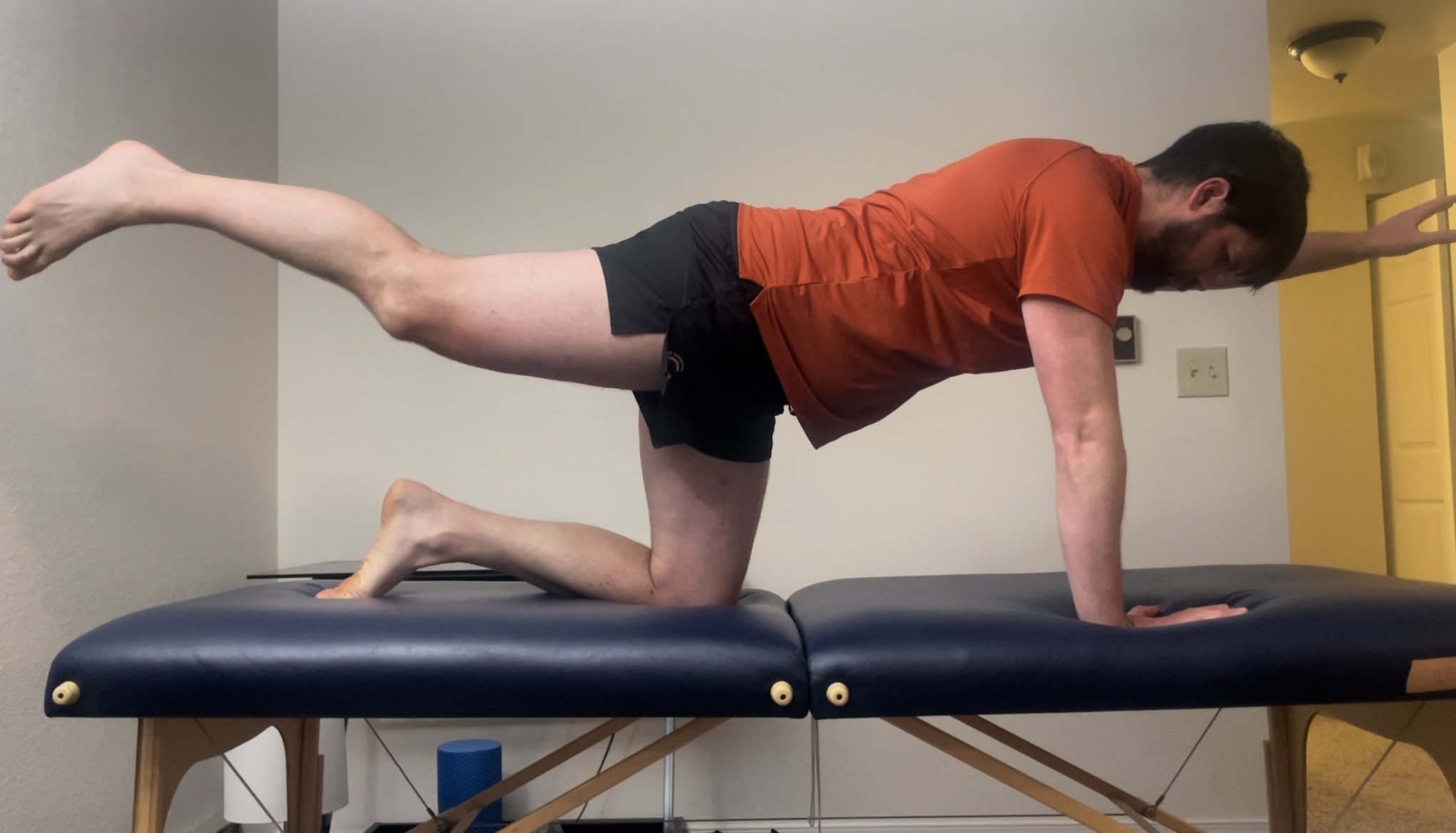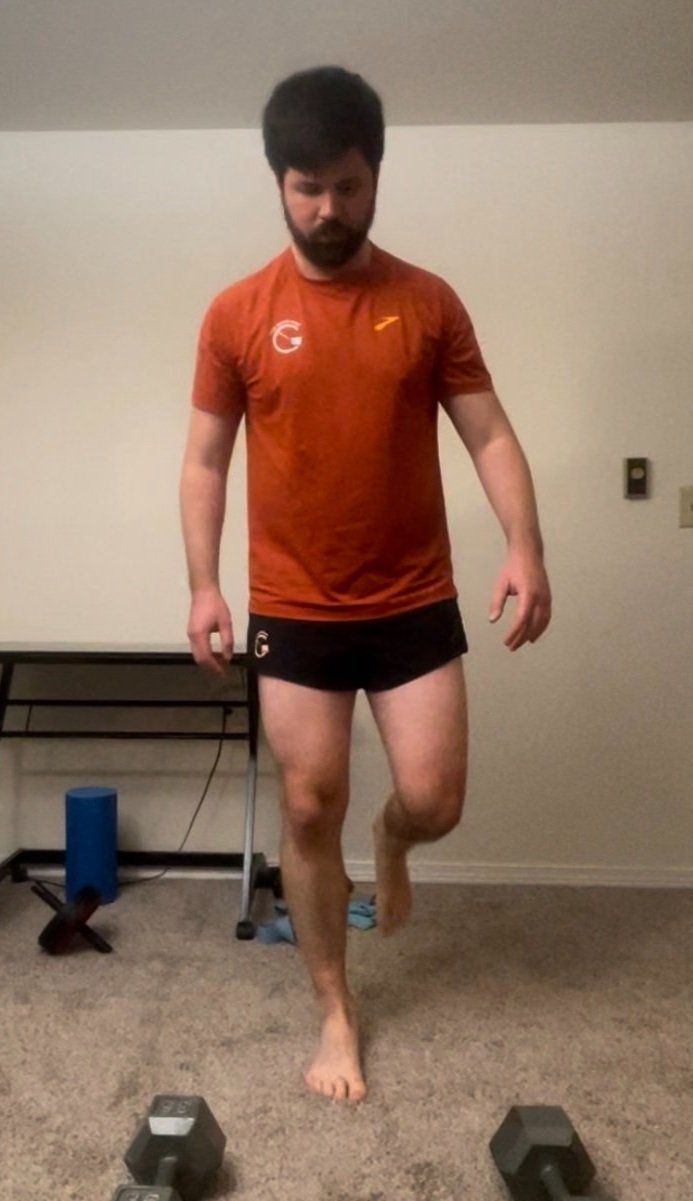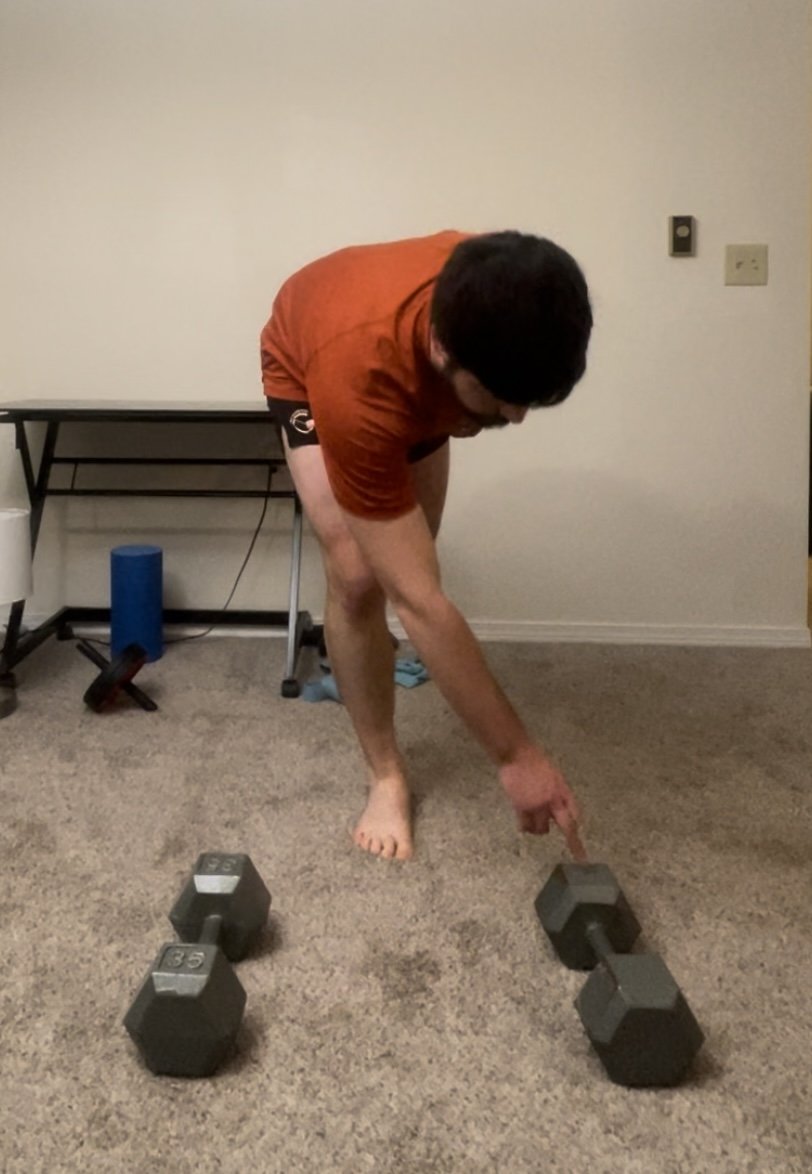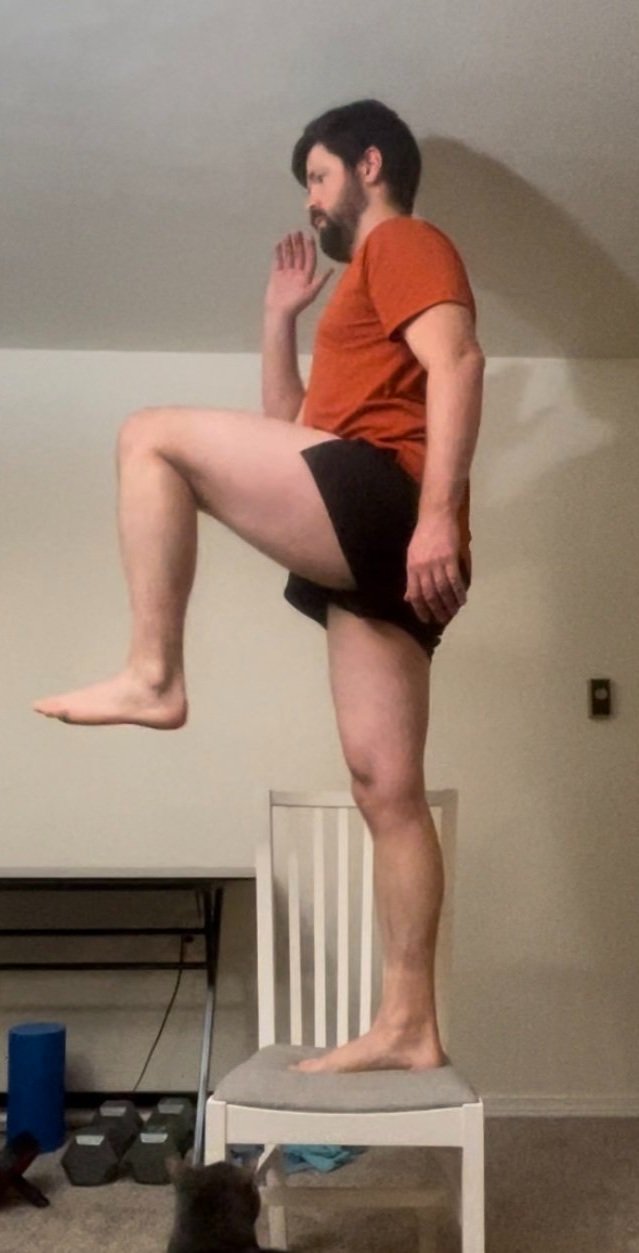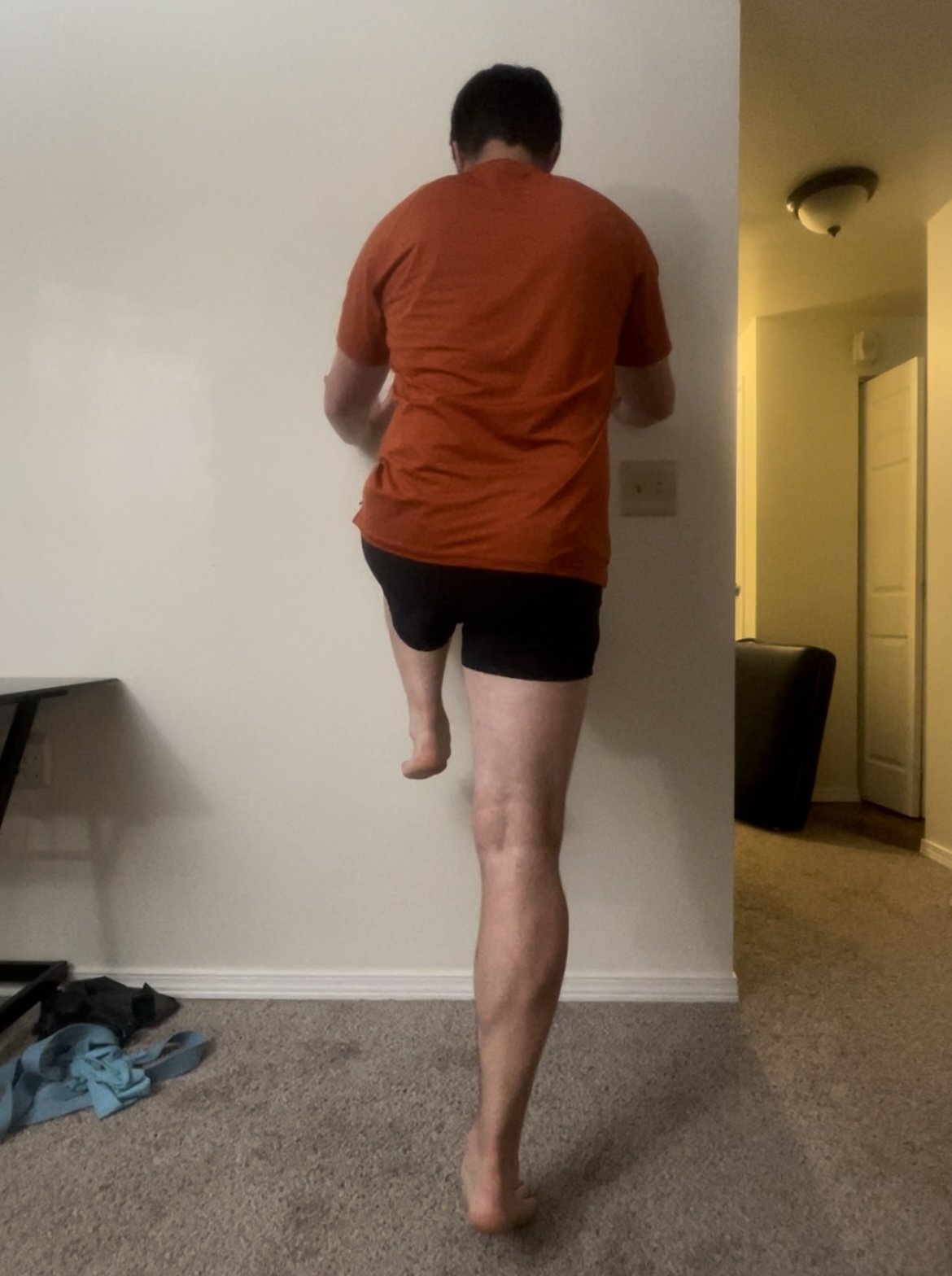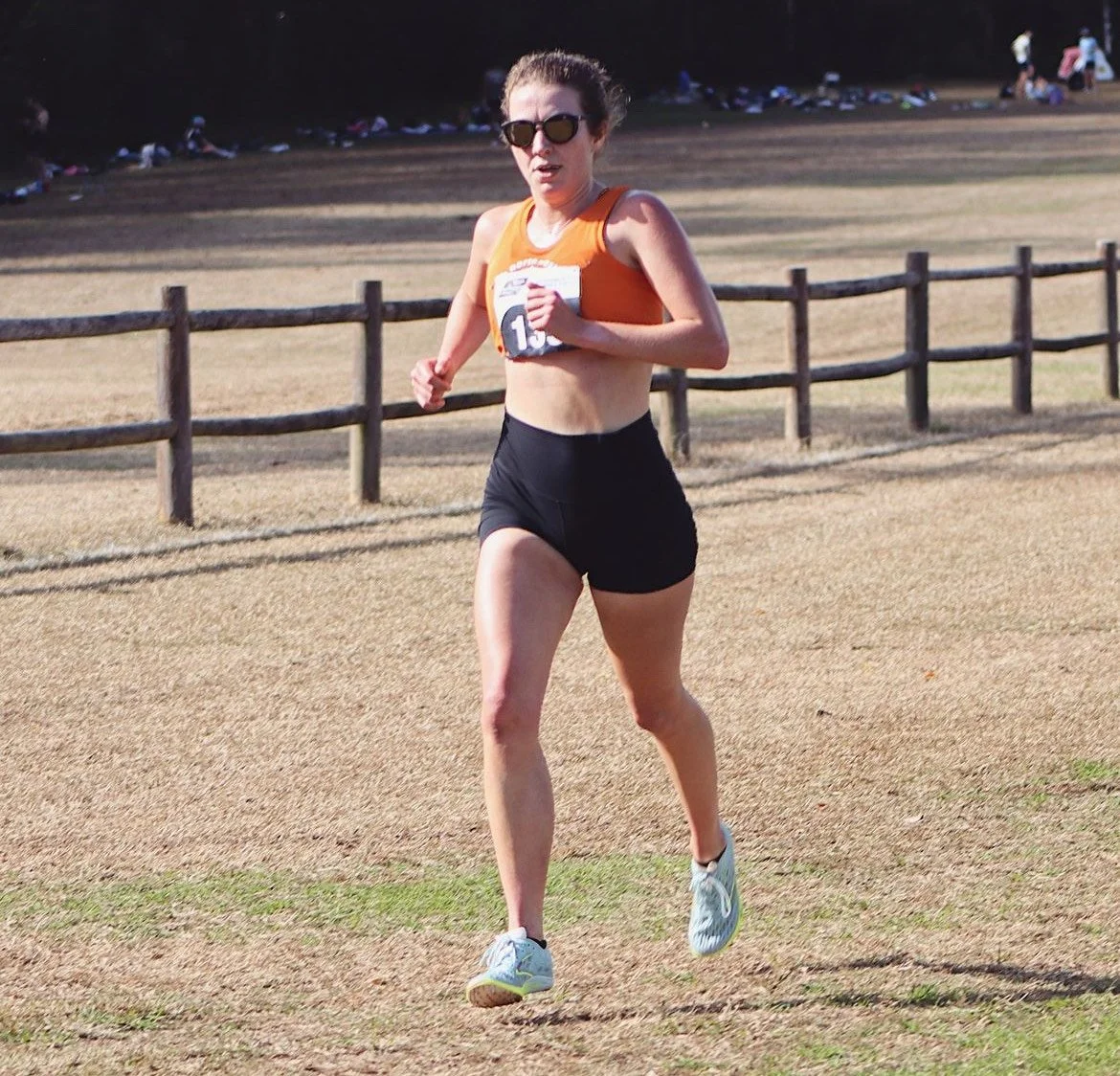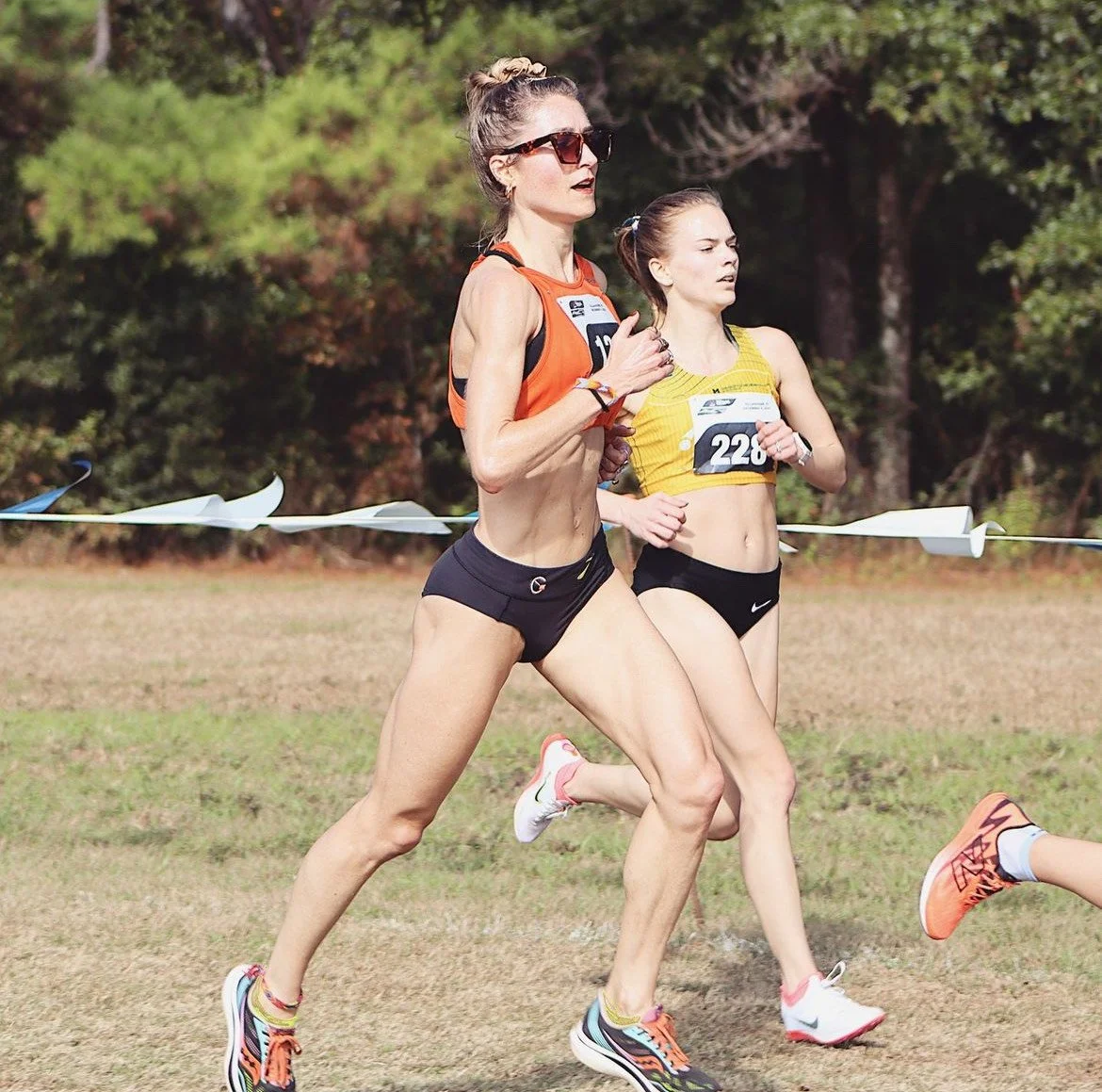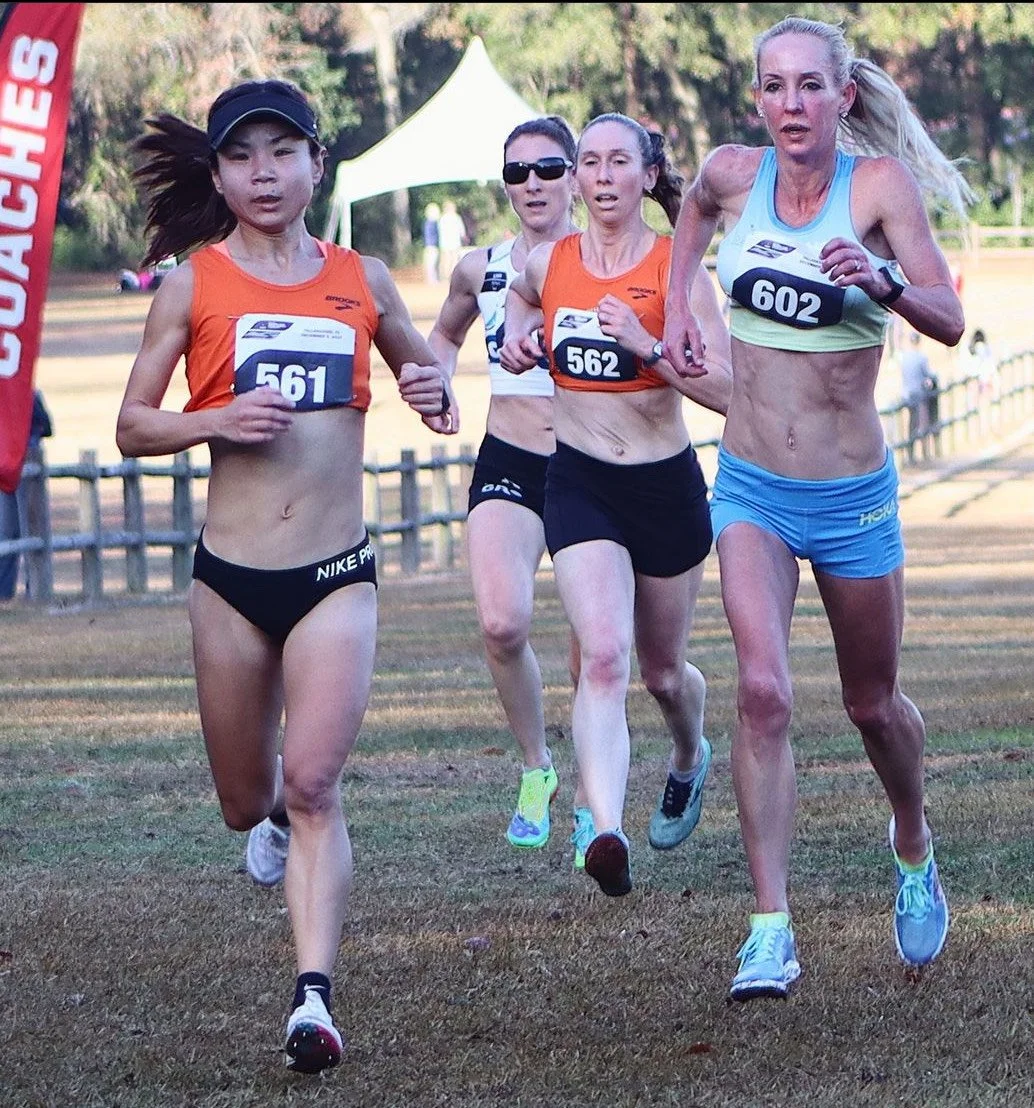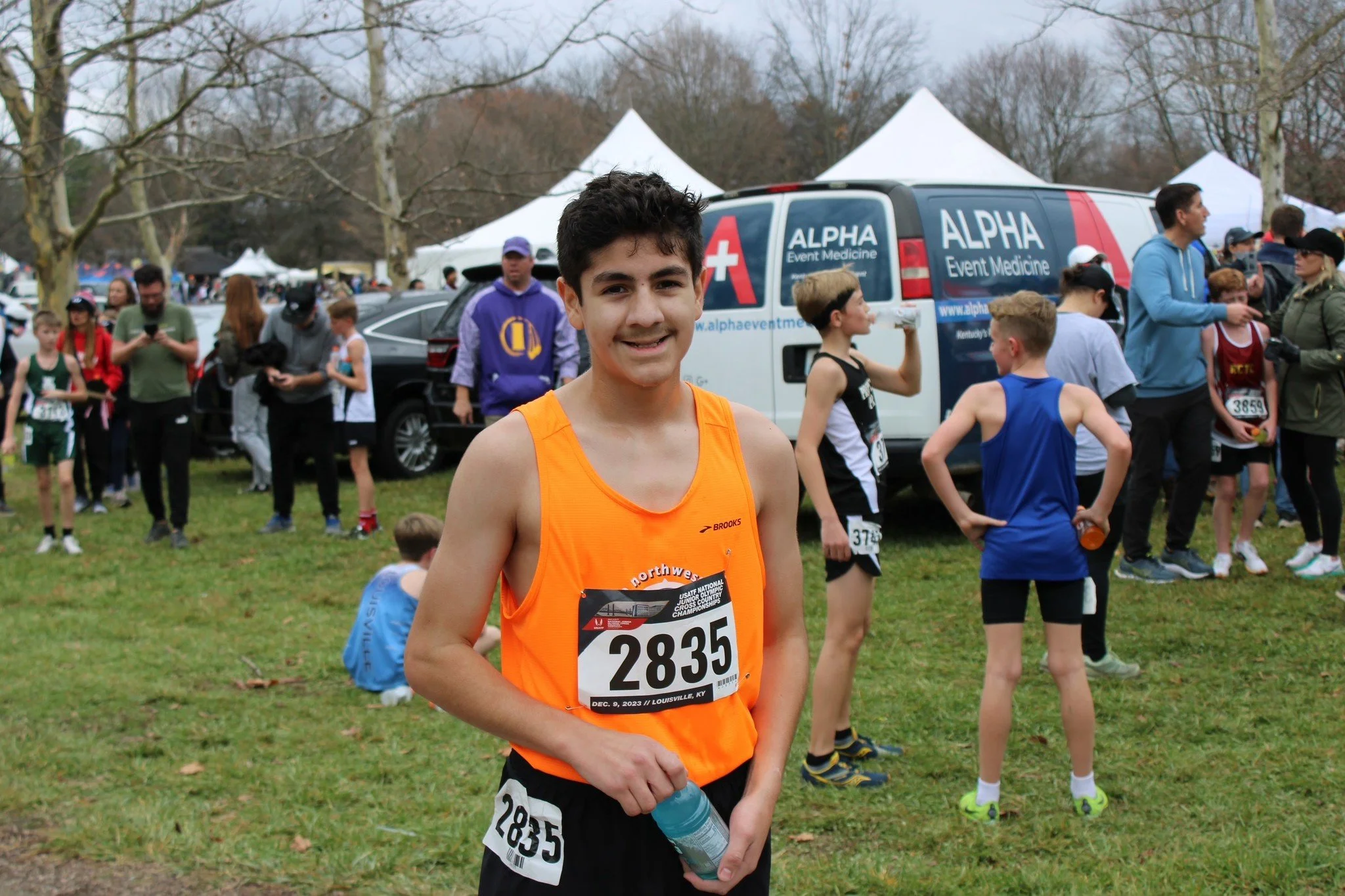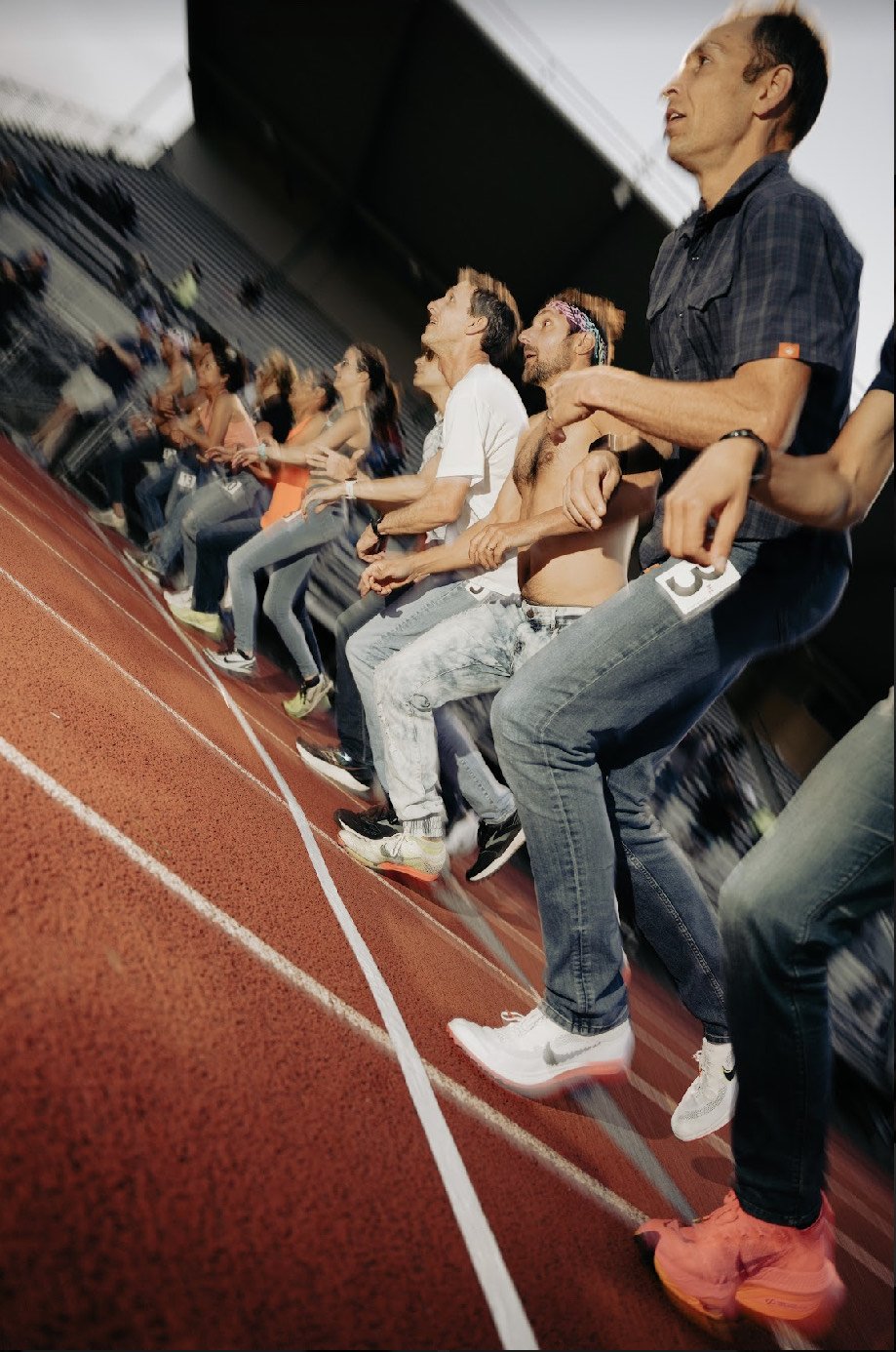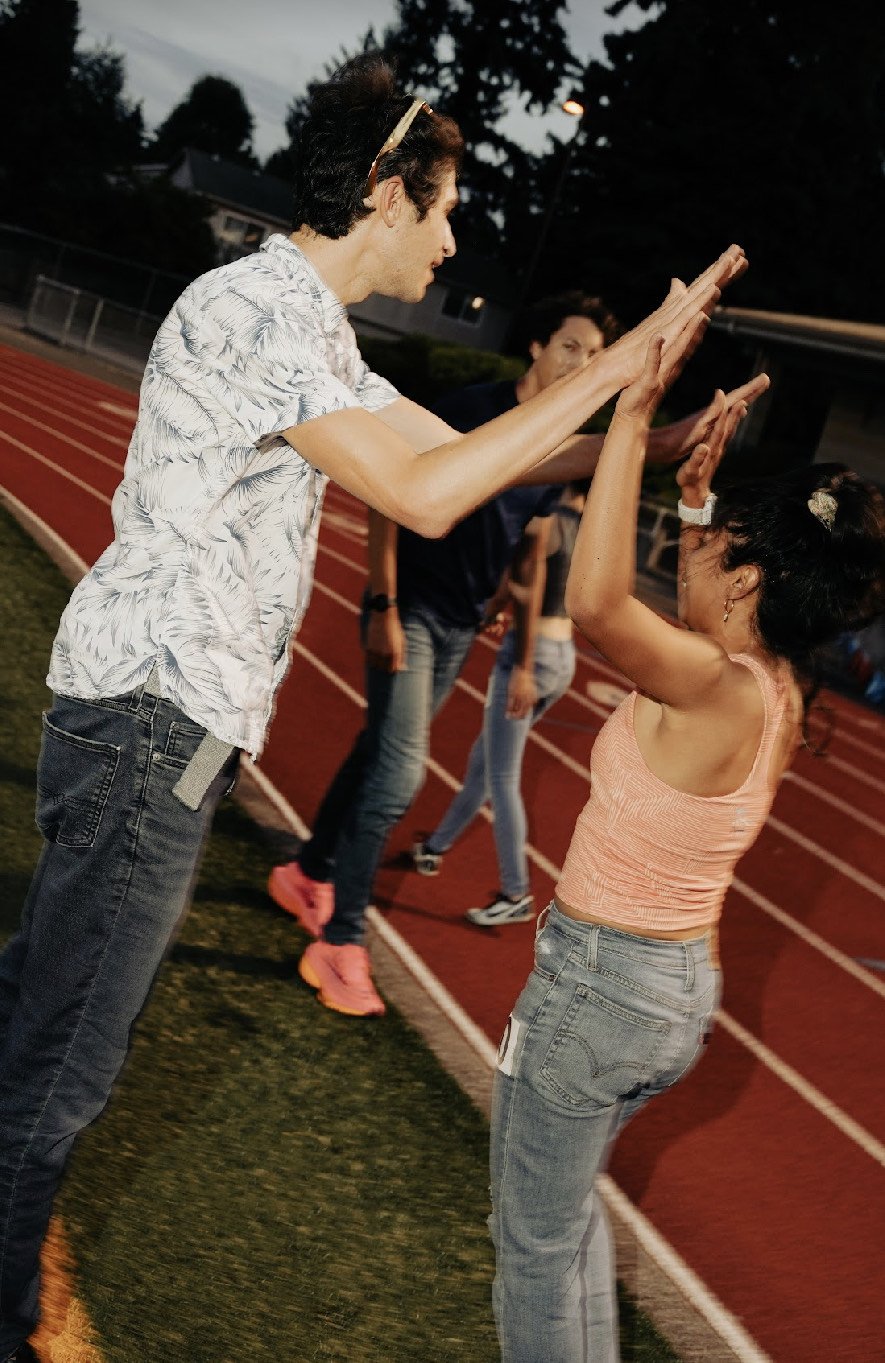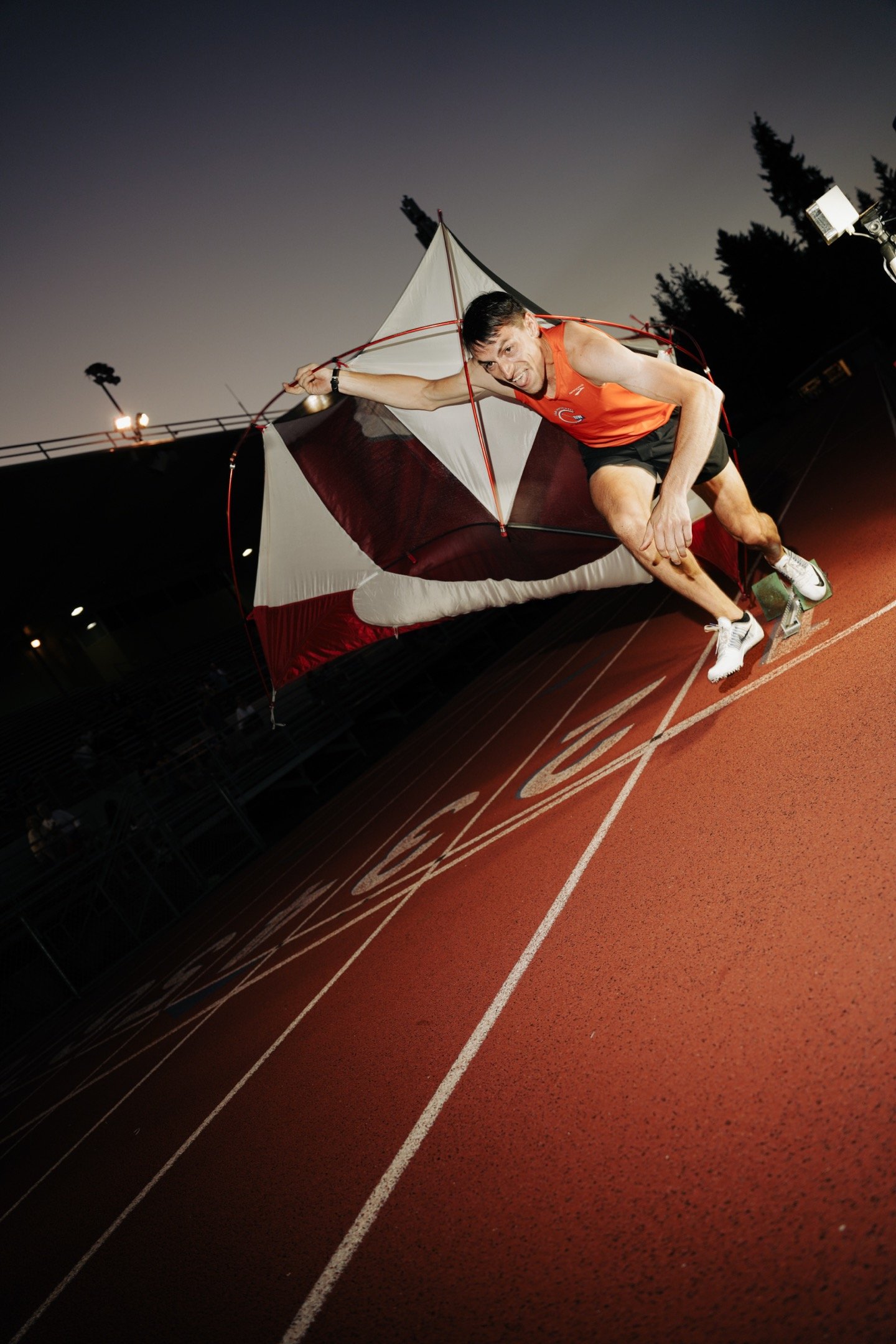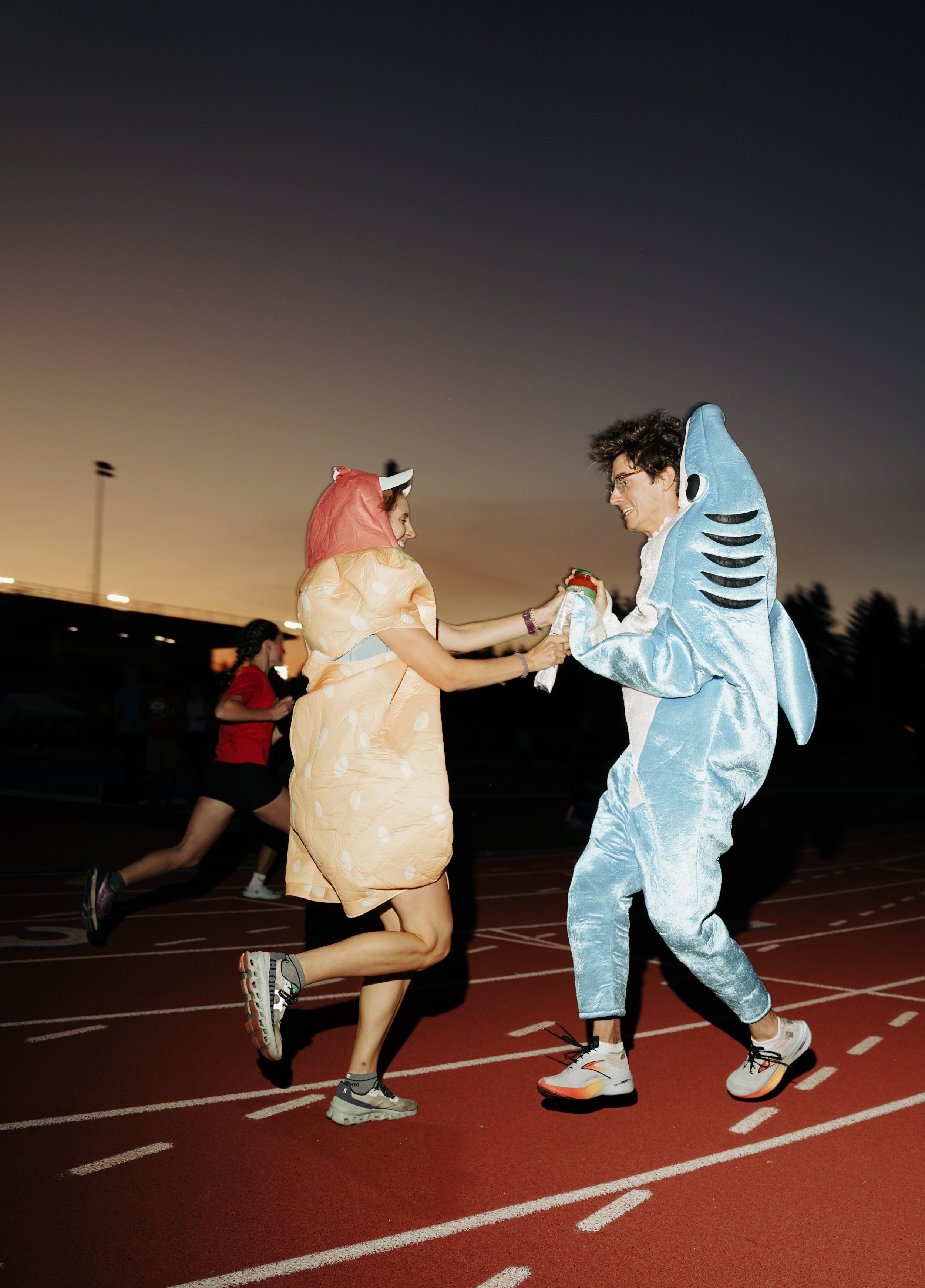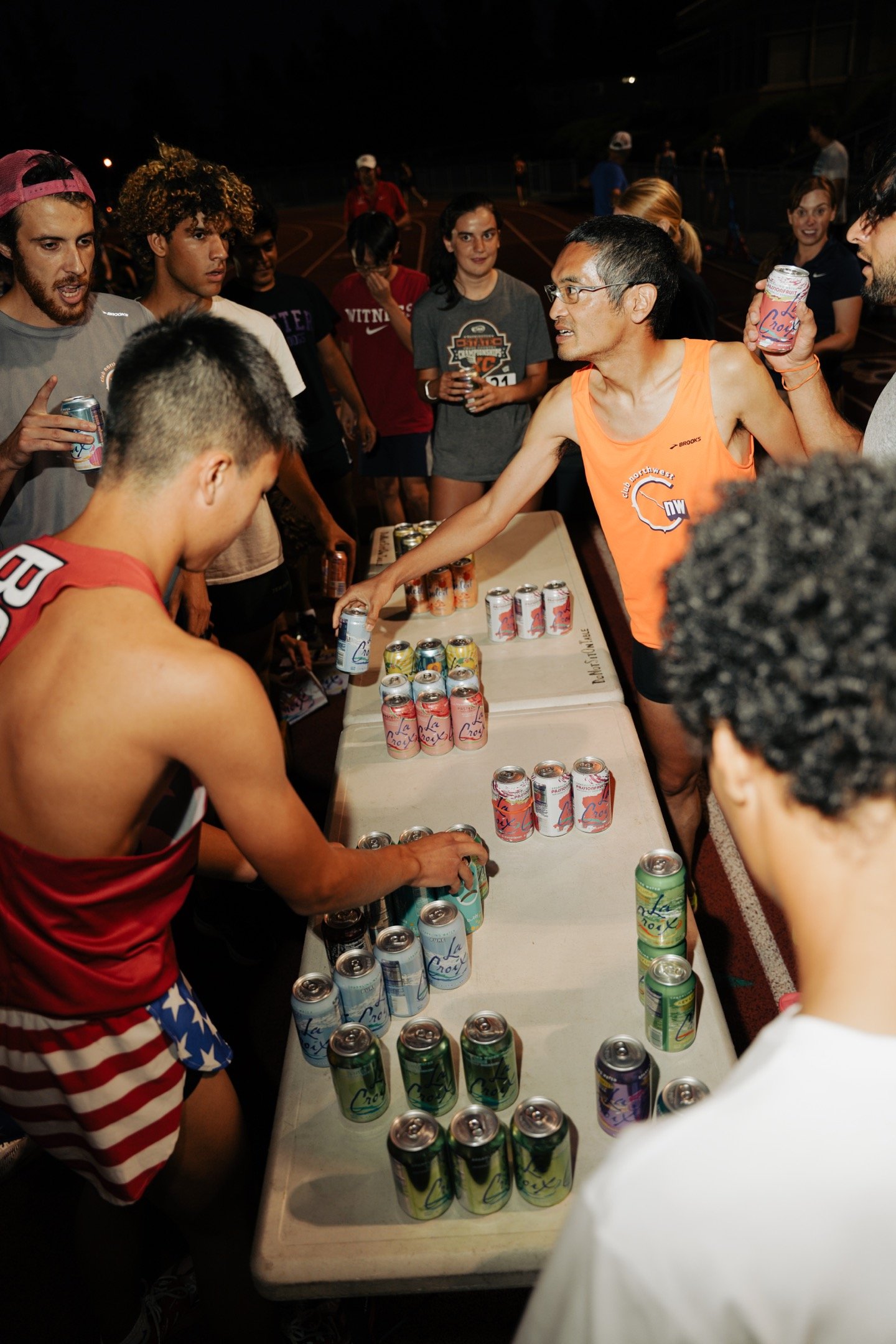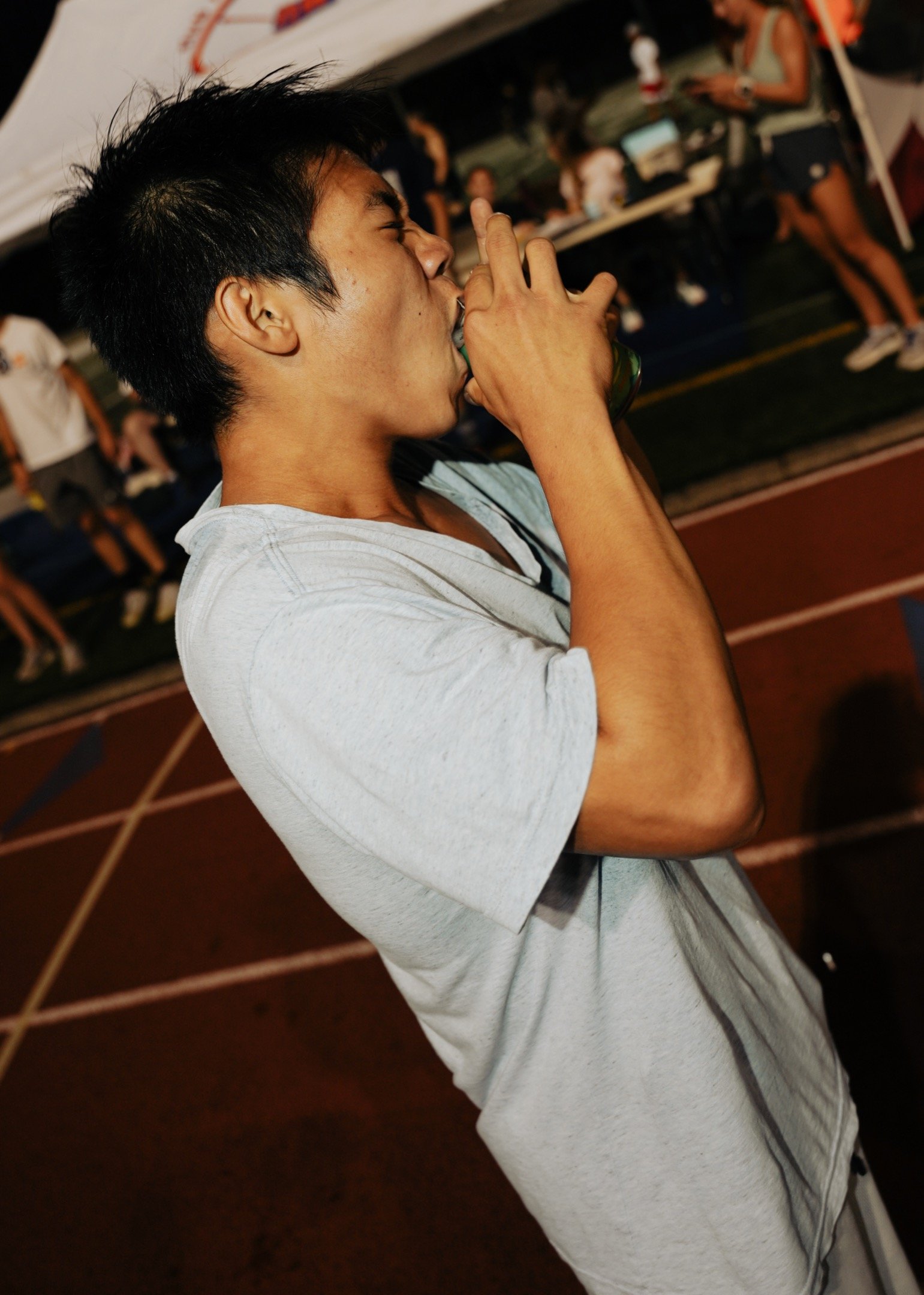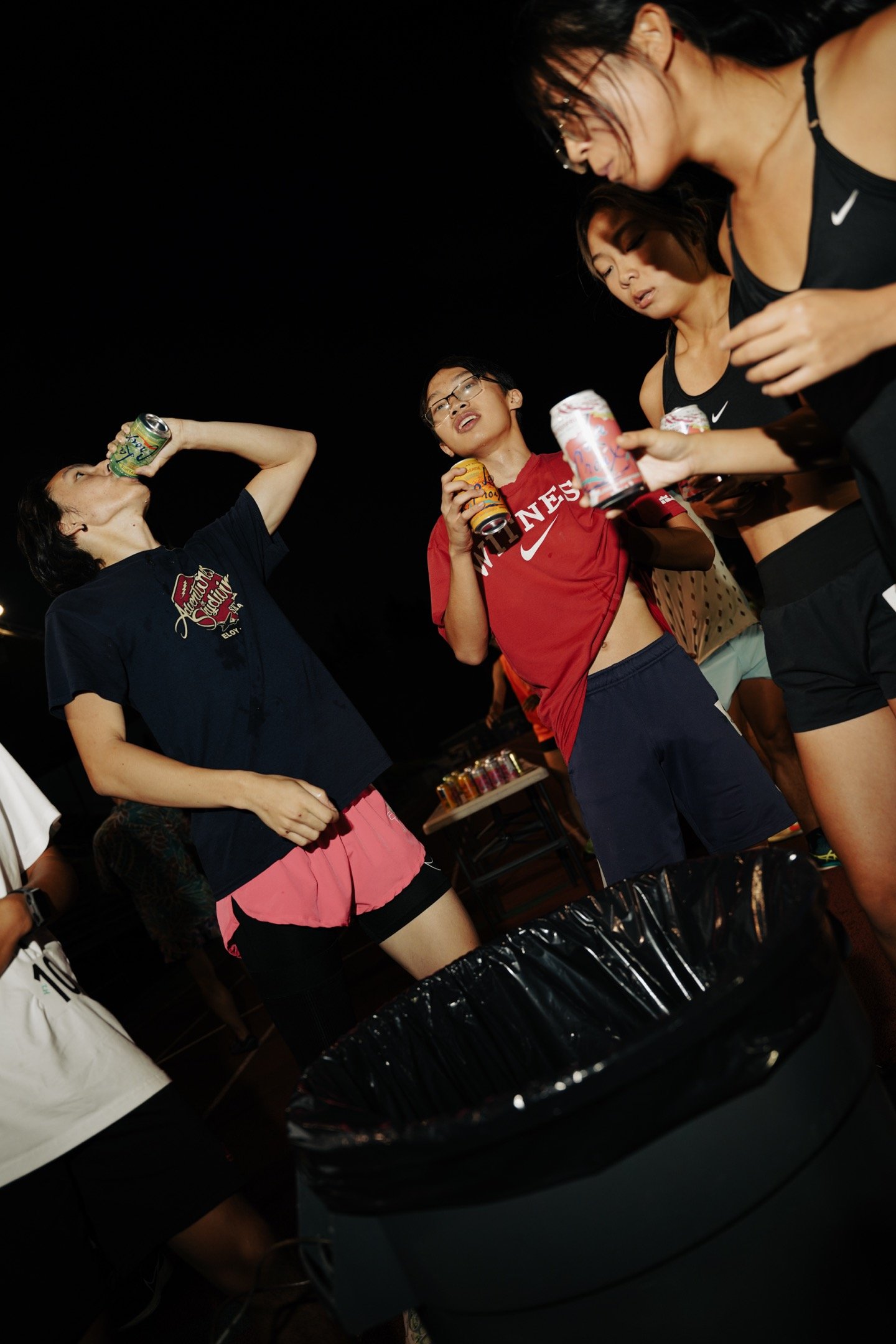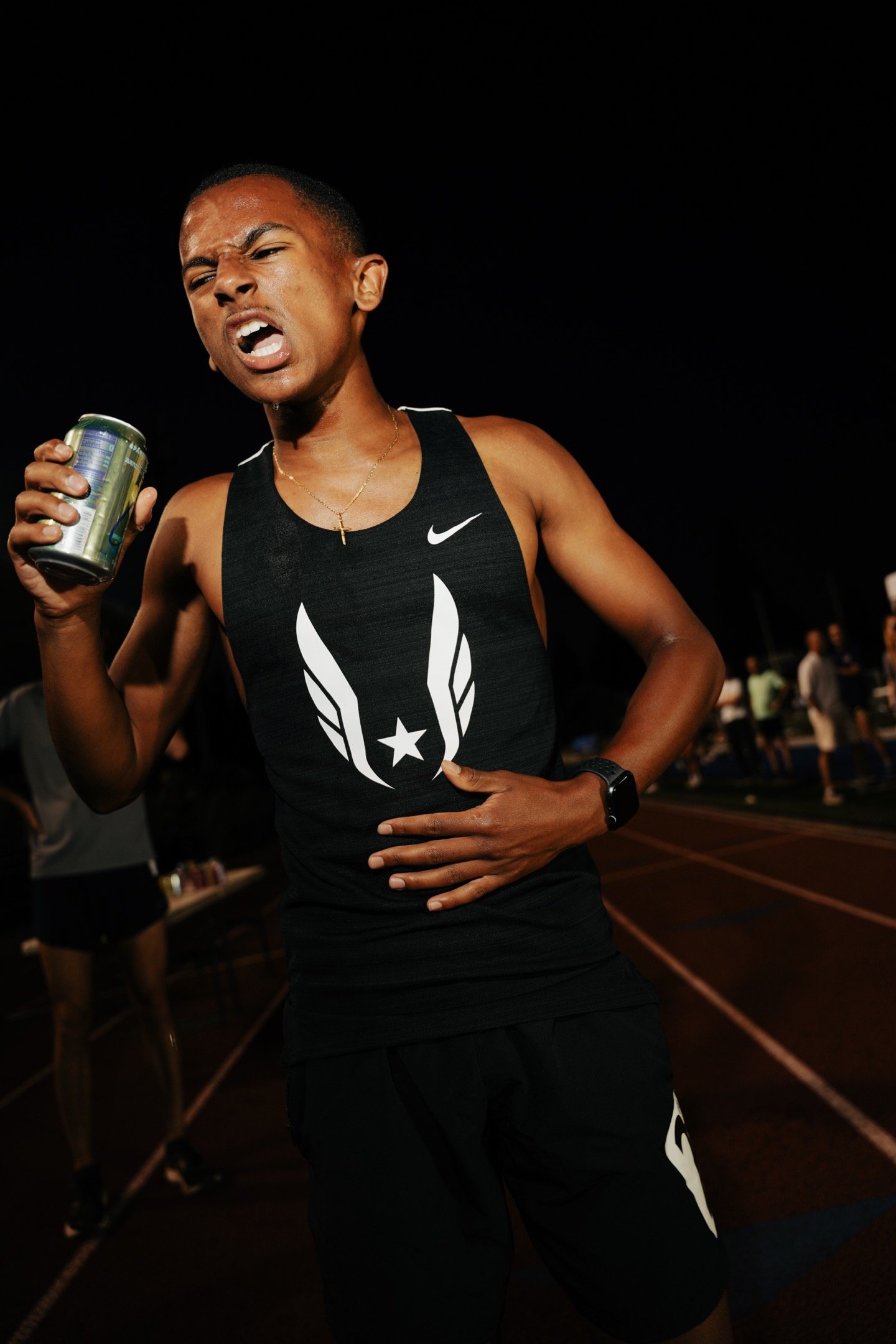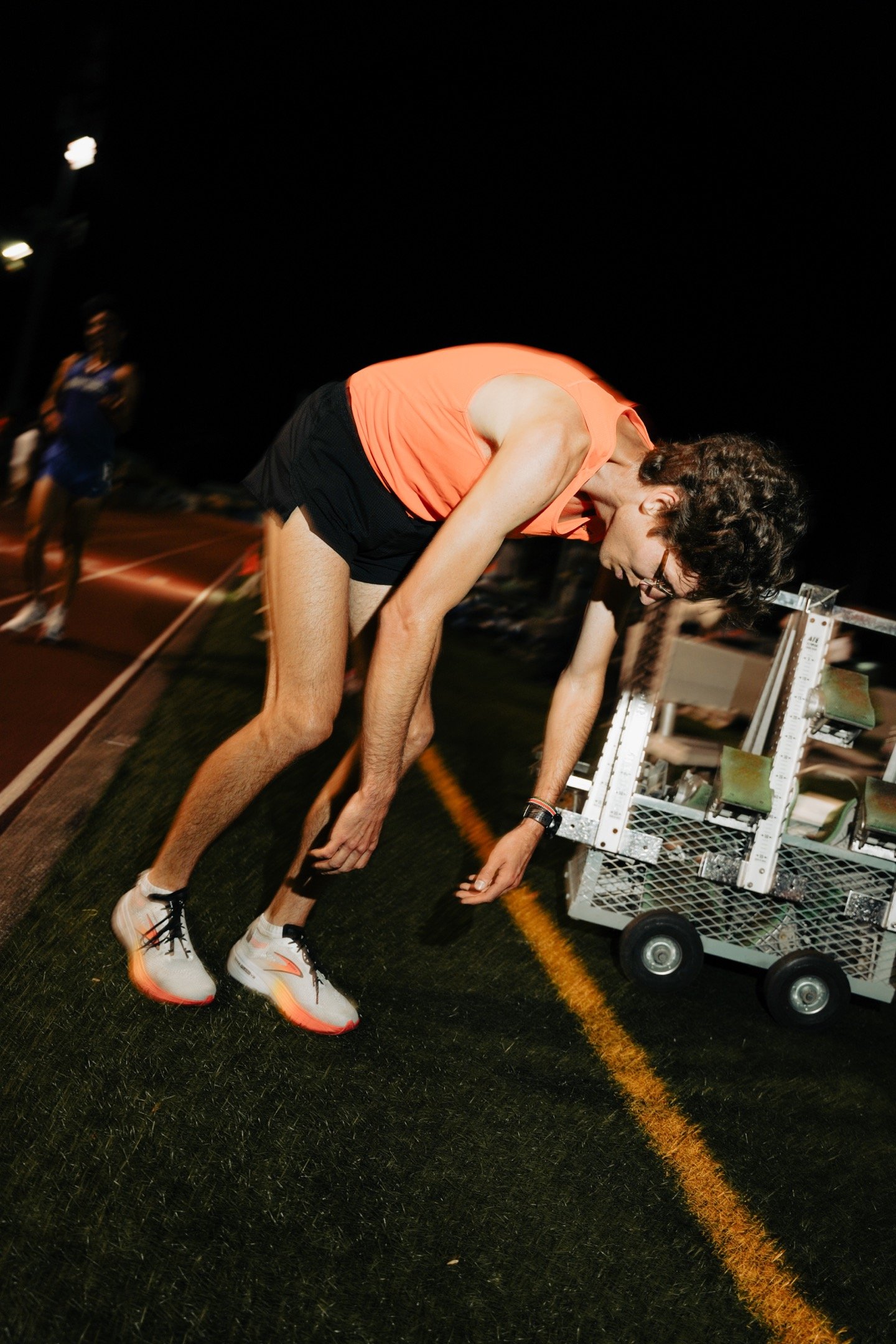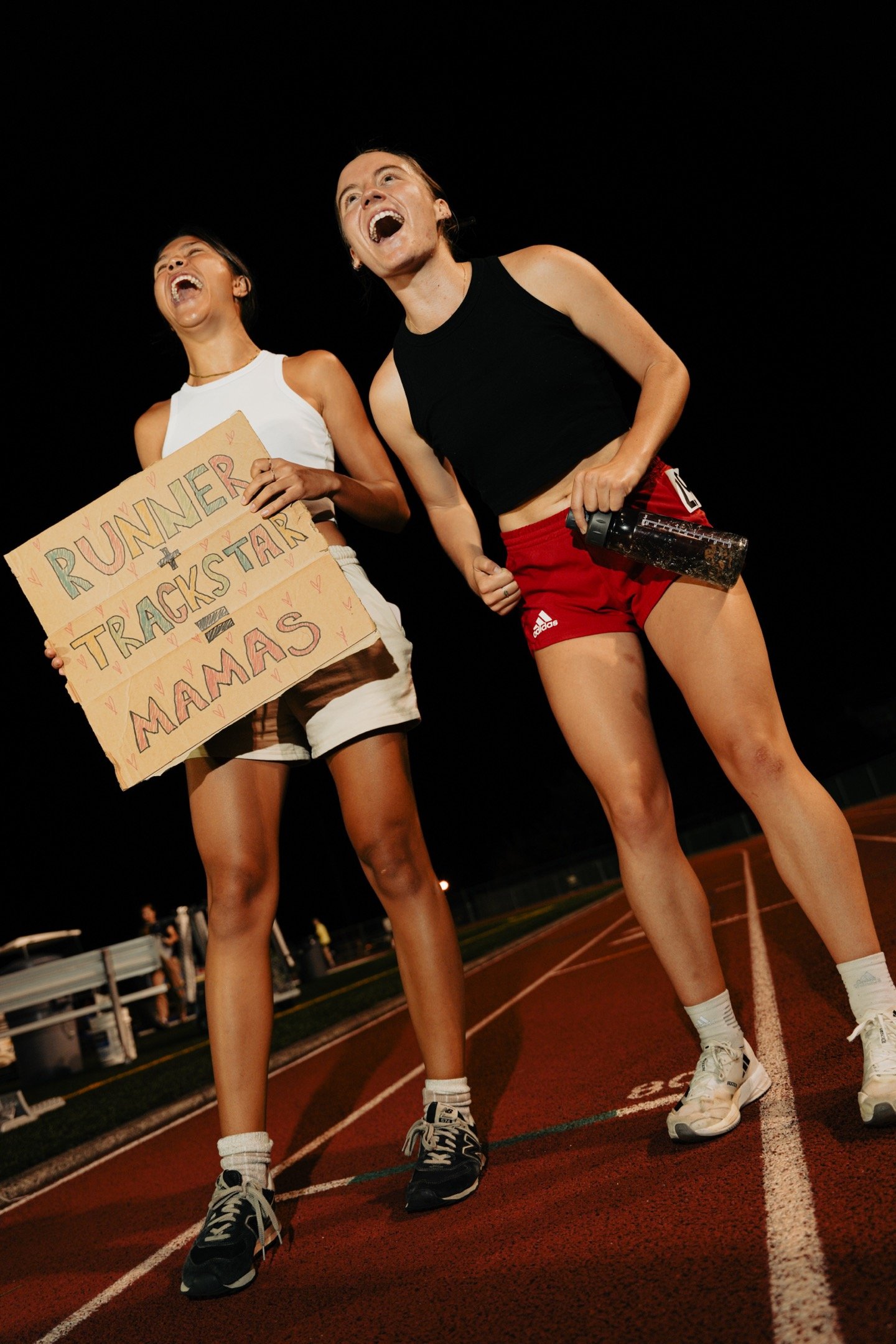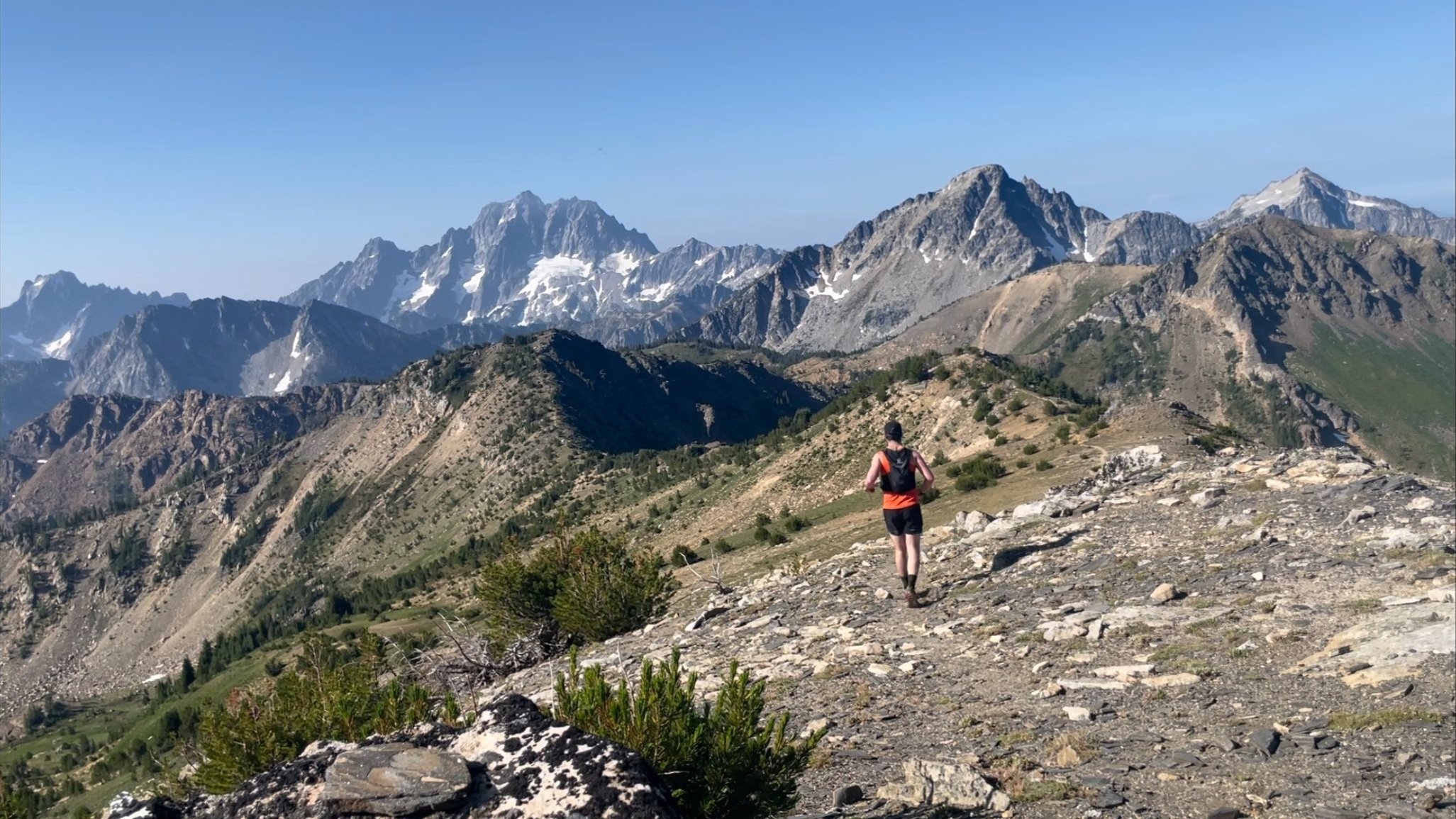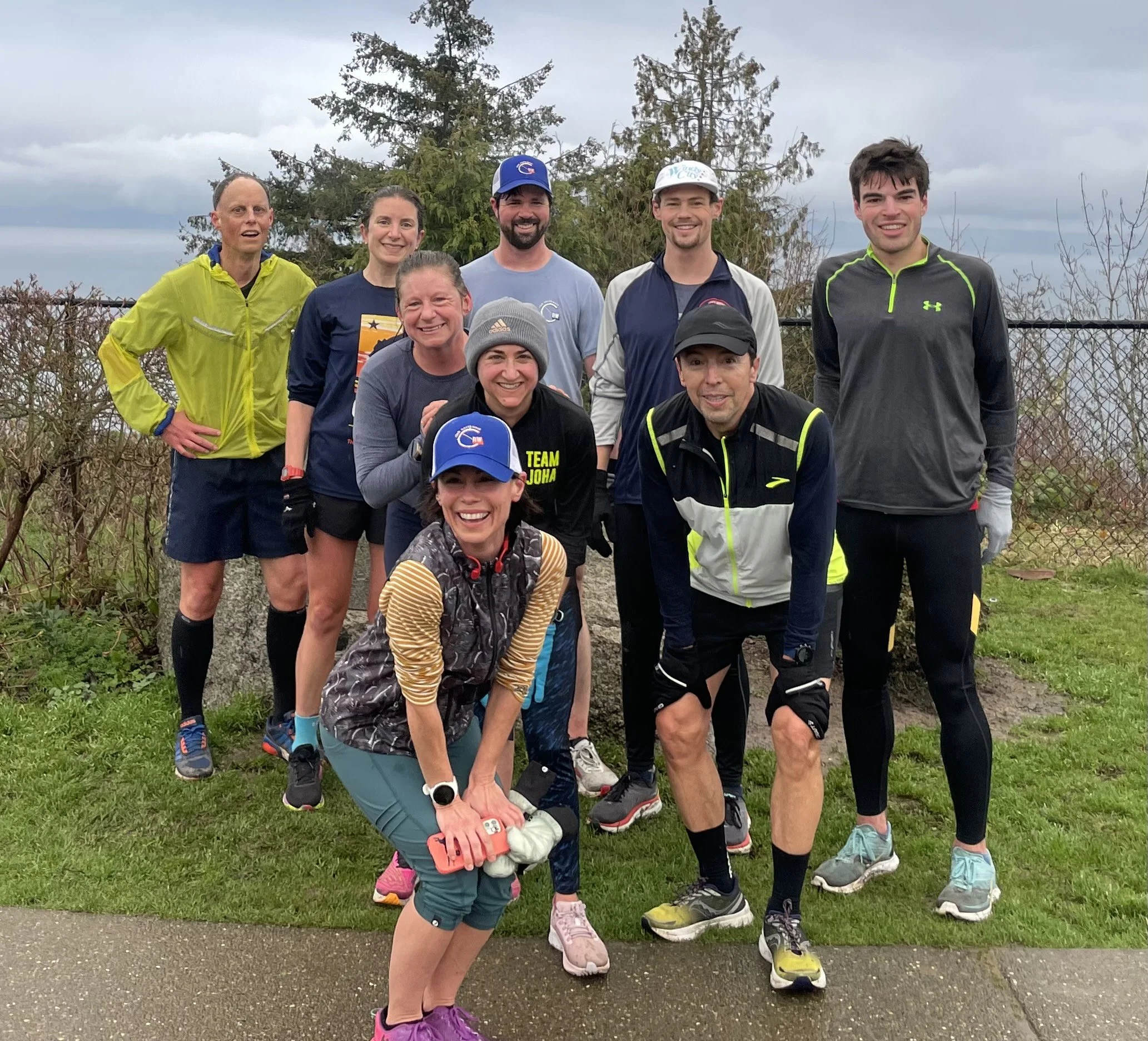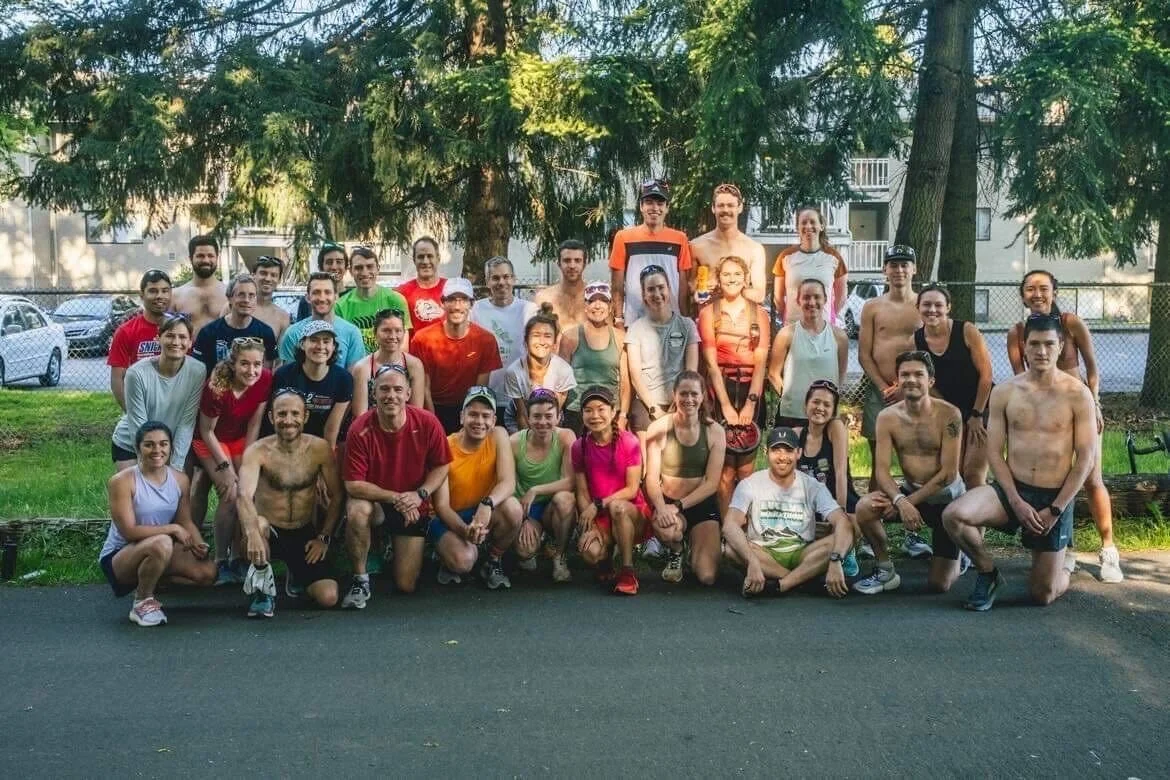Hello Team! Here’s the summer edition of the E-news series. In this newsletter, you’ll get to hear about the most recent attempt made at an odd world record at the All-Comer’s series. Additionally, you’ll get some inspiration as Cross Country draws near from another teammate describing one of his least expected XC championship victories. Enjoy!
Greetings Club Northwest Membership,
Well, it wouldn’t be summer without the annual solstice run, All-Comer’s, weekend 5Ks and now the Yakima Mile to put on our rotation since CNW members made a trip to the podium for both men’s and women’s open and master’s events. It may be a scorcher, but PRs are falling this summer. Toward the end of the summer, we will have a large club showing at the Lake Union 10K as well as the Lake Sammamish Run Club Harvest Half on Labor Day weekend. We will also be having an XC kickoff gathering, so be sure to keep your eyes peeled for details.
Speaking of XC, I am personally calling on all Club Northwest members to get involved with the season. There is room for everyone on the start line, and if you really don’t feel the need to experience the XC pain cave this fall, the volunteer experience is so great. We will be hosting Emerald City, Regionals and Nationals, so be sure to reach out to Andie Roff (andieroff@gmail.com) and Craig Kenworthy (ctkworthy@gmail.com) if you have time or resources to donate. We will also be hosting a party, so if you love to contribute to that experience, Claire Wendle (clairewendle@gmail.com) and Madeline Westerhoff (mwesterh94@gmail.com) would be thrilled to hear from you.
I also wanted to make our membership aware that the club has created and adopted an inclusion statement and code of conduct statement for every event and gathering of official club events. Our doors have always been open and inclusive of everyone regardless of background. We are a diverse group that comes together because of our love of running, our passion for testing our boundaries with the sport and breaking through mental barriers via running. This doesn’t even go for our members, but everyone that attends our events – the competitors, spectators, volunteers and coaches. We also hold this group to the same standards that we value. We expect everyone who attends our events to treat their fellow attendees with respect in the way we interact with one another. Our code of conduct reminds all attendees at our events that we will not tolerate aggressive behavior of any sort. Our events are spaces where our athletes have a place in which goals are met and can be celebrated by their biggest fans. In future events, you will see this posted on our website as well as at each event.
Enjoy the rest of the summer, and we’ll see you on the XC course this fall!
In running,
Danielle Henty
Club Northwest President
Cracking the Croc Mile: How All-Comers Became the Venue of Choice for This Quirky World Record
If you’ve ever been to a Bill Roe All-Comers meet, perhaps you’ve seen it: Posted on a wall on the south side of the bleachers is a list of all the meet records set since this track & field series started in 1969. There’s the 800m record held by Olympic medalist Josh Kerr, and the discus record held by four-time Olympian Aretha Thurmond.
And as of last year, one formidable feat can be added to this list: the Croc Mile World Record. Thus far, two challengers have attempted it at All-Comers, but only one has claimed the title. That honor currently belongs to Spencer Brown, whose popular YouTube channel, The Athlete Special, documents his training and his stunts, including trying to win 5Ks while dressed as a banana and a turkey.
So how did the Croc Mile become an unofficial All-Comers tradition? It all began in June 2023, when Brown, who formerly ran for Georgetown University and the Brooks Beasts, showed up to an All-Comers meet unannounced, toeing the line in bright green Crocs.
“I chose All-Comers because I have raced them in the past, and the race environment is always fun,” Brown says.
His goal that day was to be the first to run a mile in the iconic clogs in under 4:20. “I decided to go for the Croc Mile WR because I thought it would be a fun YouTube video to make,” Brown explains. “When I initially attempted it, I failed miserably.”
Six months earlier, he had attempted the world record alone on a track and fell short by 19 seconds. But this time, he had solid training, the energy from the stands, and the competition in the lanes beside him to spur him on.
Not only did Brown end up breaking the record, but he also beat it by a full two seconds, documenting the feat on his YouTube channel.
It was Brown’s video that served as inspiration for Kennan Schrag. Having just returned from CIM 2023, where he ran 2:27 on just a few weeks of training at 40 miles per week, he wanted a new challenge.
"I was like, 'Well, I don't really have any other serious goals, so I might as well give it a shot,’” Schrag recalls.
Schrag, who coaches cross country and track at Issaquah High School, doesn’t have Brown’s social media following, but he says his Croc Mile attempt was for the thrill. After having put in grueling 100-mile weeks on the Washington State University track team, he’s now enjoying being able to have fun with his running goals.
“This was the first thing that I've been like, 'I'm gonna do this for me,' in a long time,” Schrag says.
In May 2024, in preparation for his upcoming world record attempt, Schrag ran an 800 in Crocs, clocking 2:02. But then, a calf strain sidelined him for two weeks—just before his big race.
“I had to stay mentally tough and just look at it as a taper,” he says. “But two weeks off doesn't do you any favors.”
On June 19, 2024, Schrag came to an All-Comers meet with a pair of Crocs and a dream: snagging the world record for the Croc Mile. Breaking this WR would also break his own lifetime PR. During his freshman year of college, he ran the 1600 at 4:17 multiple times, as well as a couple of 1500s in an equivalent time. "My coach was like, ‘Well, you're done at the mile distance,' so I moved up from there and never ran the mile or 1500 again."
Going into the race, he knew the times he’d have to hit at 800m and 1K and was within two seconds at both marks—but then he started fading.
“I did everything I knew I needed to do, mentally and physically, up to that point,” he says. “I don't feel like I ever gave up, but physically, my body just did not do what I wanted it to do.”
For those who have never run in Crocs, the loose fit and lack of responsiveness can be ruinous for racing.
“They don't return anything,” Schrag explains. “They’re just like some loose rubber on your shoes. As soon as you start hurting, it just amplifies more than a carbon plate shoe would, where you're still getting some return.”
Brown agrees. “They are not responsive at all and offer no foot support.” That’s why he didn’t train in them leading up to his Croc Mile. “It is a big injury risk to train in them,” Brown says.
To be clear, Crocs are made of Croslite, a proprietary material that, while rubber-like, is not rubber. It’s a lightweight resin that, according to the Crocs website, “deliver[s] extraordinary comfort with each step." But Crocs are not made for running. The casual slip-ons first gained popularity as boating shoes thanks to their water resistance.
So, to say that racing a fast mile in Crocs is painful is an understatement.
“I saw 3:17 with a lap to go, and I was like, ‘Oh God, here we go,’” recalls Schrag. He would need to run a 61-second 400 to beat the record.
By the time he crossed the finish line at 4:29, his pale blue Crocs had shifted so much that the tops of his socks were now under his feet.
Despite missing the world record by 11 seconds, Schrag says he’s happy with his effort, adding, “as happy as you can be when you're trying to break a record.”
“No excuses. No regrets. Just fell short,” reflects Schrag, whose last All-Comers meet was when he was in high school. “This atmosphere is incredible,” he adds.
Will Schrag be back to challenge the record a second time? He isn’t ruling it out. “I don’t know. I can’t tell you right now, that’s for sure.”
As for Brown, he welcomes contenders. “Good luck to anyone that wants the Croc Mile Record,” he says. “I would love to see the record broken!”
-Written by Amy Rigby
How I Won The 2022 Colorado 5K Cross Country Championship Without Being There
It was 2022 and I was beginning to transition from short distance to long distance running, as my running club primarily does longer distance running. It was slow going, and my endurance was poor, but improving. So I signed up for the Colorado 5K USATF meet as my son Robert lives there, and I could both run and visit with him and his family. I stayed at a hotel in Boulder and contacted Robert. I was ready.
Unfortunately, I got Covid and had to cancel my hotel and dream of running my first ever cross country race. A week or so later at the weekly workout of Club Northwest, Dave Longmuir congratulated me on my win in Colorado. I told him I had to cancel due to illness. I forgot all about it.
Then, in early January of 2023, I was filling out a form for Club Northwest that required listing accomplishments over last few years. I sent it in to John Leo, our ever observant and helpful administrator for Club Northwest. John emailed me back and wanted to know why I had not listed the cross country run. I thought he was talking about the Dec 10th run in San Francisco which was actually my first cross country race in which I missed a turn and ran an extra distance. “No,” he replied, “I’m referring to the Colorado win that you had.” So, I informed him that I was ill and unable to run that race. But, John noted I was listed as the winner by USATF and had been referenced in a written piece by a famous Running Professor. Part of the write up follows:
“I did not know what to make of Richard Zerbe’s credentials. What I could find on Athlinks was that he has competed regularly in the race walk at distances up to 1500 Meters. This past summer, he clocked 11:37 for the 1500 Meter Race Walk. The track races I could find topped out at 400 Meters. But I should have looked more closely at the times to out that Zerbe is quite an athlete. And maybe I should have …etc.”
After this, John sent USATF the information and it is now being investigated. STAY TUNED
-Written by Richard Zerbe, PhD
-Edited by Steve Harris
